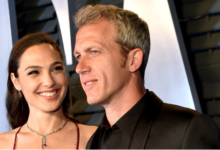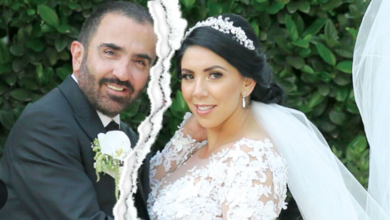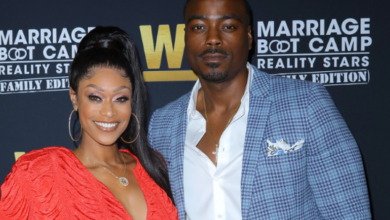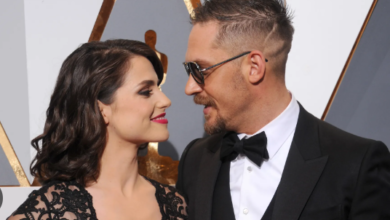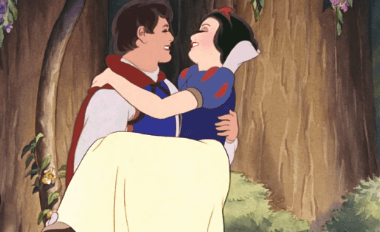
Snow White Husband Age: How Much Older Is Snow White’s Husband?
The age difference between Snow White Husband Age: How Much Older Is Snow White’s Husband?, the prince, serves as a reflection of societal norms and expectations surrounding relationships, particularly in the context of fairy tales. Traditionally, the prince is portrayed as older, embodying characteristics of maturity and authority, while Snow White represents youth and innocence. This dynamic raises questions about the implications of age gaps in literature and how they inform our understanding of gender roles. As we explore the various adaptations of this tale, one must consider how these portrayals shape perceptions of love and maturity in contemporary society.
The Origins of Snow White Husband Age: How Much Older Is Snow White’s Husband?
Rooted in centuries of folklore, the tale of Snow White has undergone significant transformations, reflecting the cultural and moral landscapes of its times.
Its fairy tale origins trace back to various European tales, with Snow White Husband Age: How Much Older Is Snow White’s Husband?’s lineage often depicted as noble, symbolizing purity and innocence.
This lineage serves as a narrative device, contrasting her virtue against the envy and malice embodied by the evil queen.
Read More Your Future Ex Wife: A Tale of a Marriage Heading Toward Divorce
Age of Snow White Husband Age: How Much Older Is Snow White’s Husband?
The age of Snow White, often portrayed as a youthful and innocent figure, plays a crucial role in the narrative, symbolizing the transition from childhood to adulthood.
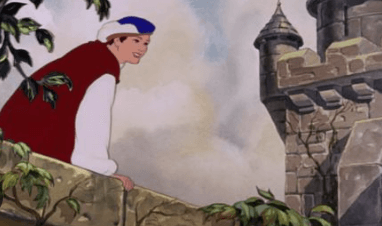
This evolution can be encapsulated in four key stages:
- Snow White’s childhood: Innocence and naivety.
- Discovery of the forest: A journey into the unknown.
- Bonding with the dwarfs: Developing relationships.
- Snow White’s maturity: Embracing independence and love.
Characteristics of the Prince
Snow White’s journey towards maturity introduces the pivotal character of the Prince, whose characteristics complement her development and enhance the narrative’s themes of love and bravery.
Embodying royal attributes, he is courageous, compassionate, and steadfast, representing the ideal partner who uplifts and protects.
His unwavering devotion and noble demeanor serve as a catalyst for Snow White’s transformation, reflecting the power of authentic love.
Read More Young Ex Wife Shirt: The Trendy Fashion Item That’s Taking Over Divorce Stories
Historical Context of Fairy Tales
Snow White Husband Age: How Much Older Is Snow White’s Husband?, originating from oral traditions, reflect the societal norms and values of their time, often revealing the rigid gender roles and expectations placed upon characters.
The stark age disparities between protagonists, such as the youthful Snow White and her mature prince, serve to highlight cultural perceptions of marriage and maturity, emphasizing the power dynamics inherent in these relationships.
Origins of Fairy Tales
Throughout history, countless tales have emerged, reflecting the complexities of human experience and cultural values.
The origins of fairy tales reveal their profound cultural significance:
- Oral traditions passed down through generations.
- Moral lessons embedded in fantastical narratives.
- Reflection of societal norms and aspirations.
- Transformation into written forms, expanding their reach.
These elements intertwine to create enduring stories that resonate across time and culture.
Gender Roles in Tales
The evolution of fairy tales not only reflects cultural values and societal norms but also serves as a lens through which gender roles can be examined.
Often, these narratives perpetuate gender stereotypes, depicting women in traditional roles of passivity and beauty while men are portrayed as heroic figures.
Such representations reinforce societal expectations, limiting the portrayal of individual agency and diversity within gender identities in storytelling.
Age Disparities in Characters
In the realm of storytelling, age disparities among characters often reveal underlying societal attitudes toward maturity, wisdom, and power dynamics.
These differences shape character dynamics and enhance character symbolism, leading to thought-provoking narratives.
Key aspects include:
- The elder figure as a source of wisdom.
- Youth representing innocence and potential.
- Romanticized age gaps reflecting societal norms.
- Power imbalances influencing character relationships.
Variations in Adaptations
Snow White’s tale has undergone numerous adaptations across various cultures and mediums, each bringing its unique interpretation to the timeless narrative. Notably, prince variations emerge, reflecting societal values and artistic intentions. The following table highlights key adaptation differences that illustrate how this beloved story has evolved:
| Adaptation | Prince Characteristics |
|---|---|
| Grimms’ Fairy Tale | Noble, traditional |
| Disney Animation | Charming, youthful |
| Modern Retellings | Diverse, complex |
| Cultural Variants | Heroic, varied roles |
Age Differences in Literature
While age differences in literature often serve to highlight the dynamics of power, innocence, and experience, they also reflect deeper societal contexts and character development within narratives.
A literary analysis reveals:
- Varying power dynamics between characters.
- Symbolic representations of wisdom versus youth.
- The evolution of relationships across age gaps.
- The juxtaposition of experience and naivety.
These elements enrich character dynamics profoundly.
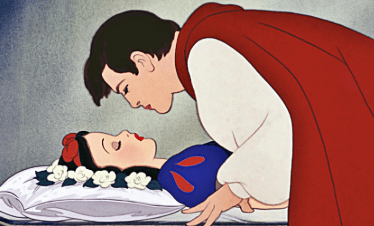
Cultural Interpretations of Age
Although cultural interpretations of age vary significantly across societies, they often reveal underlying values and beliefs that shape human interactions and social structures. These interpretations are influenced by cultural norms and societal expectations, dictating perceptions of maturity, authority, and relationships. The following table outlines some key differences in age interpretations across various cultures:
| Culture | Age Perception | Societal Expectation |
|---|---|---|
| Western | Age correlates with wisdom | Older individuals hold authority |
| Eastern | Age signifies respect and hierarchy | Elders are central in decision-making |
| Indigenous | Age reflects communal roles | Elders share traditions and stories |
| Middle Eastern | Age shows familial responsibility | Older adults are caregivers |
| Scandinavian | Age is less significant | Equality across age groups |
Implications of Age Gap
The implications of an age gap in relationships can be multifaceted, influencing various aspects of personal dynamics and societal perceptions.
Read More Yeonmi Park Ex Husband: What Happened in Their Marriage
Key considerations include:
- Power Dynamics: Age disparities can create imbalances in authority and decision-making.
- Cultural Expectations: Societal norms often dictate acceptable age differences.
- Emotional Maturity: Age dynamics may affect emotional compatibility.
- Long-term Viability: Perceptions of longevity and stability may vary based on age differences.
Modern Perspectives on Fairy Tales
As society evolves, so too do the narratives and interpretations of classic fairy tales, reflecting contemporary values and challenges.
The fairy tale evolution showcases how societal influences shape character dynamics and moral lessons, emphasizing themes of empowerment and equality.
Modern retellings often subvert traditional gender roles, inviting audiences to engage with deeper psychological and social complexities, ultimately redefining the significance of these timeless stories.
Conclusion
The age difference between Snow White Husband Age: How Much Older Is Snow White’s Husband? and her prince serves as a reflection of societal norms that intertwine maturity with established masculinity and youthful femininity. Much like the contrasting seasons of winter and spring, this disparity highlights themes of protection and guidance, essential in navigating the journey to adulthood. As adaptations evolve, the implications of such age gaps invite a reexamination of traditional narratives, fostering a dialogue about contemporary perceptions of relationships and gender dynamics within fairy tales.


